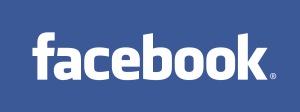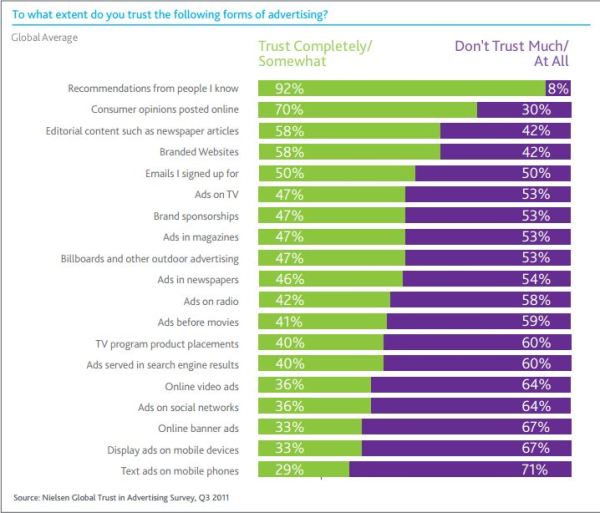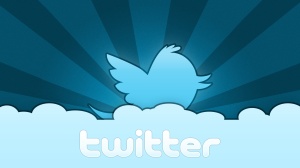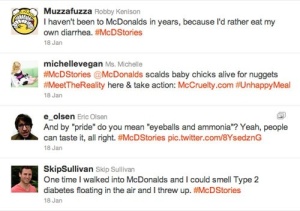
Courtesy of Tech Crunch
Before we go any further, it’s important to know that Wanelo doesn’t help sell everything – it does have a strong focus on monstly fashion and clothing. Keep that in mind if you’re considering using Wanelo to help with online sales. Yahoo! best describes the typical Wanelo user to be 14-30 years old, a woman, and a bit of a hipster.
So why use Wanelo? Why not just sell through your online store alone or use Facebook? Well just think of how Pinterest works – it’s fantastic for browsing…and discovery. It can boost your sales in a way normal e-commerce can’t:
It is quite different from normal e-commerce Internet shopping; it is much more like virtual window shopping. Rather, discovery commerce is much like browsing through a magazine catalog and discovering things that you didn’t realize you wanted to buy until you saw them, hence, “discovered” them. Education PR
To fully understand what Wanelo is, visit their “About” page. Here are some tips on how to use Wanelo to boost your online sales:
Wanelo Tips
- Use “Save” Buttons
If you use Wanelo’s “Save It” buttons on your Wanelos product pages, it helps increase its popularity. The button is a lot like Pinterest’s “Pins.” (Wanelo) - Keep Product Pages Up
Even if the product is sold out or no longer being made, keep the page up. Have a friendly message directing the user to another similar item or simply that the item is out. This will help keep the traffic heading your way and boost sales of other products. - #Hashtag #With #Meaning #And #Creativity
If you’re getting sick of us talking about hashtags, blame Twitter. But how else are people going to find your stuff? When you post a product, use meaningful hashtags that people would use to search for your item. You can also @tag other people based on their Wanelo username – great way to network. - Be Creative and Fun
The social media platforms we’ve talked about in the past weeks all have a strong sense of creativity to them. Wanelo is the same. Use fun (but meaningful) hashtags, display fun products or display the product in a cool way. Maybe Wanelo will help you spice up the products themselves!
Go More In Depth
Here’s a video from Tech Crunch that gives a good overview of Wanelo and how you can make it work for your business online.
Next Week
We’re going to be honest that we don’t know what platform we want to talk about next! We kind of what to hear what you want. Do you have one that you’d like us to talk about? If so, make a note below and we’ll post some stuff next Friday 🙂









